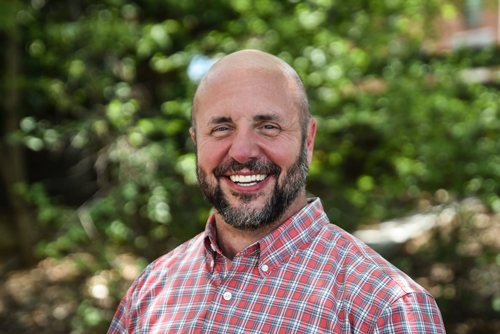In late June, while preparing for this episode, there were over 500 wildfires burning across Canada. Smoke from the wildfires was affecting millions of Canadians and Americans across a wide swath of North America with air quality indexes reaching extreme levels. On the day the episode was taped (July 5, 2023) there were over 625 wildfires burning across Canada, with 322 of them classified as “out of control”. As of the posting of this episode (July 25, 2023), the number of wildfires burning across Canada had grown to over 1000 with 660 classified as “out of control”. Our timing to have a conversation about wildfires with a prominent Canadian scientist could not have been more relevant.
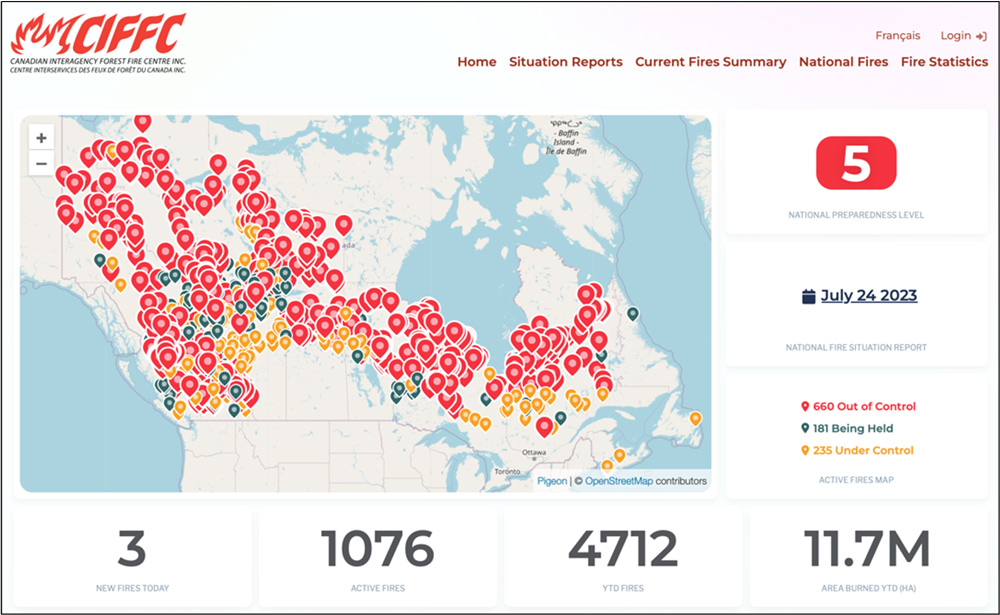
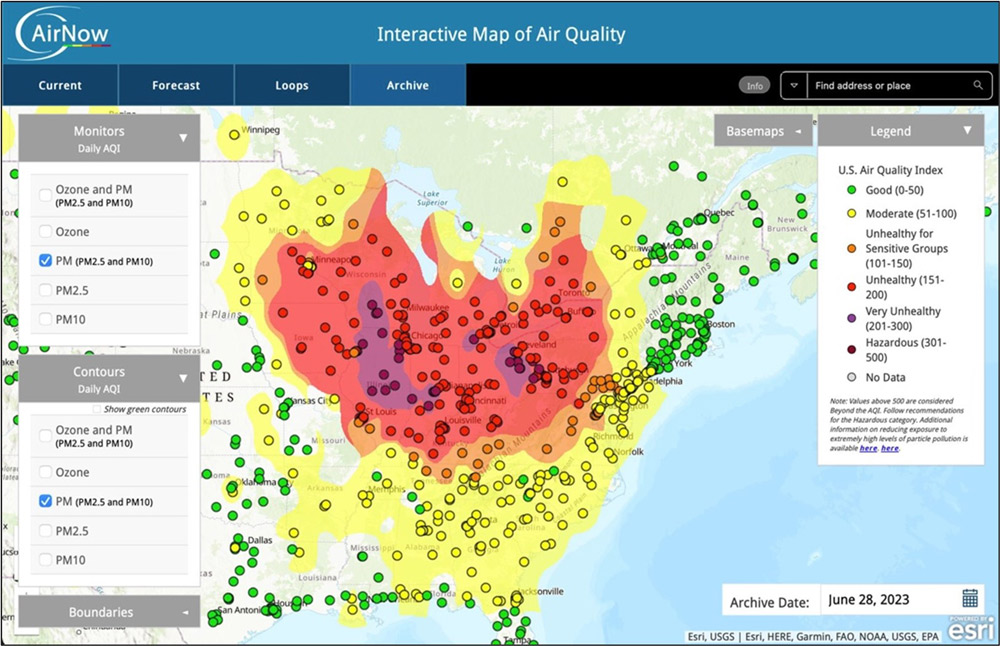
In Season 6, Episode 4, host Sarah Thorne is joined by cohost Jeff King, National Lead of the Engineering With Nature Program, US Army Corps of Engineers, and Anabela Bonada, Manager and Research Associate at the Intact Centre for Climate Adaptation at the University of Waterloo in Ontario, Canada. Among other things, Anabela is an expert in forest fires and has been actively involved developing a user-friendly guide for residents to simplify the recommendations in Canada’s National Wildfire Guide. Anabela grew up in the outdoors, which led her to doing a PhD in environmental science and studying forests throughout Argentina. “I have a love for forests. And the pattern there was that many, many forests were affected by fire. You could see the fire scars in the tree rings. So, I’ve had an inclination for fire for quite some time. I had the opportunity to join the Intact Center a year ago where I started working on wildfires.”
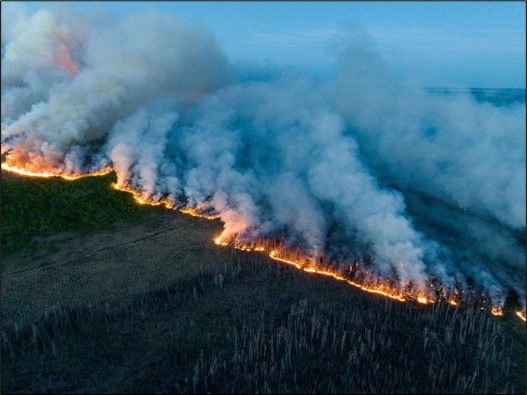
Canada’s wildfire season started early this year. Anabela puts the current situation into context: “The Canadian Interagency Forest Fire Center reports that [as of July 5] over 85,000 square kilometers, or almost 33,000 square miles have been burned so far. This is equivalent to a little bit more than New Brunswick and Prince Edward Island, in Canada, combined or a little bit bigger than South Carolina in the US. This is already the worst wildfire season on record for Canada and we’re now getting deeper into the season, which started around May and goes until October.” [As of the posting of this episode on July 25, over 117,000 square kilometers, or over 45,000 square miles, have burned.] Anabela shared that wildfires are caused by two main factors: lightning accounts for half of them, while the other half is a result of human behavior. These wildfires have burned extensive forested area and impacted biodiversity. Moreover, communities and individuals are facing significant consequences, including evacuations and notable health effects. The impact of wildfire smoke extends beyond the immediate vicinity of the fires, affecting millions of people in both Canada and the US.
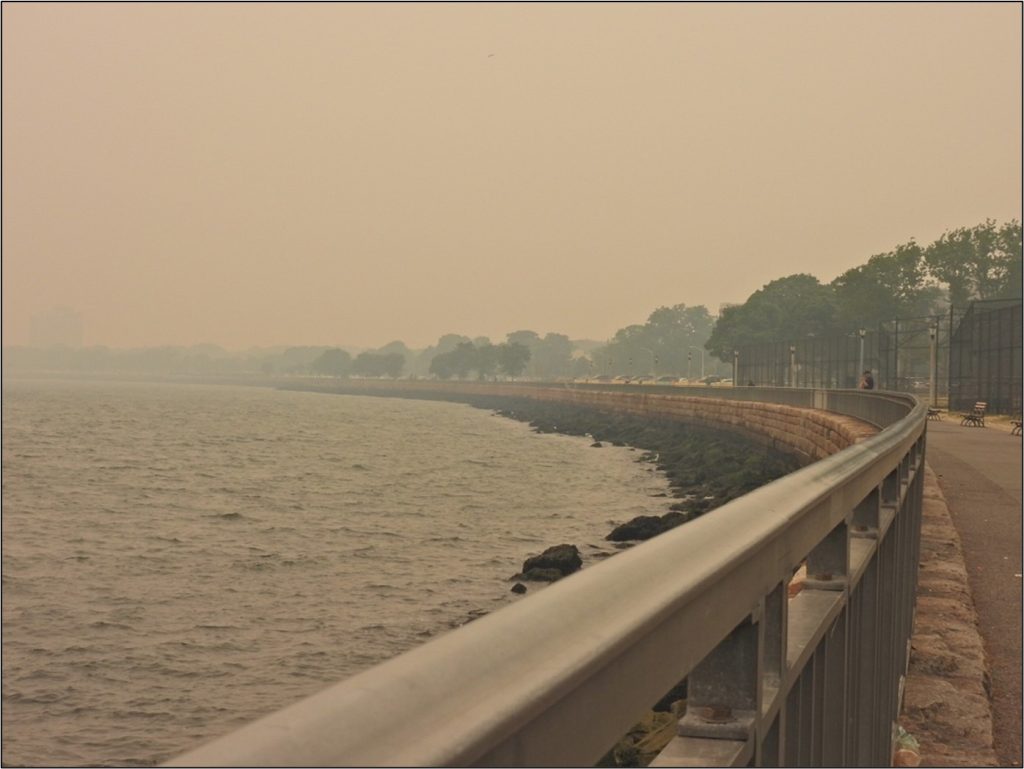
Jeff asks Anabela to relate this “absolutely staggering” situation to the droughts being experienced in the US and Canada, as well as other impacts associated with climate change. She notes that drier and warmer seasons are expected going forward in Canada and the US, which will lead to longer and more extreme fire seasons. She adds, “We have just started the El Niño year. What that means is that surface ocean temperatures are going to be warmer this year. They’ve already warmed up 2 degrees Celsius compared to a normal year. For North America, it means that we’re going to see drier, warmer climate in the West and Northwest, and we might see some flooding and lots of storms in the Southern US. So, for areas that are usually wildfire prone, like the West and the Northwest, and parts of Canada, if we’re going to experience a drier and warmer climate with El Niño, the expectation is more wildfires—in size and intensity. El Niño really takes off in the winter, so, if we have a drier winter, similar to the one we just had, and a drier spring, next early spring is of concern again for wildfire.”
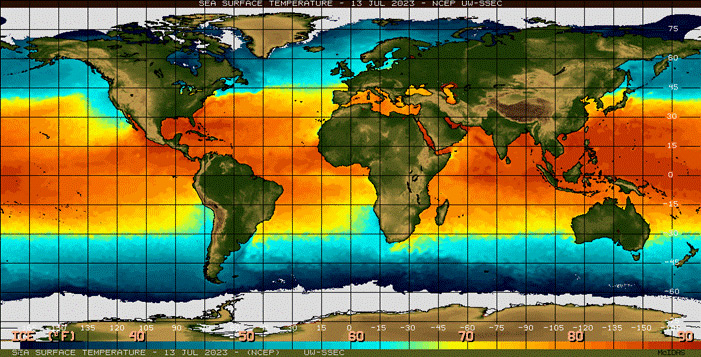
There’s a lot of work underway in Canada to raise awareness about wildfires and to make communities more resilient. The Intact Centre, in collaboration with FireSmart Canada, has developed easy to follow guidance for homeowners and for communities to get ahead of wildfire risks. As Anabela notes, “There are things that you can do around your home, from simple things to a bit more complex. Simple is moving any combustible material 10 meters (about 33 feet) away from your home. More complex is if you’re thinking of updating your roof and you’re in a wildfire prone area, consider a Class A roof that is resistant to wildfire. For the community, community design should include fire breaks that are about 30 meters (about 100 feet) wide, depending on your area, and consider having a designated shelter place, so if you have to evacuate, or if a community nearby needs to evacuate, you’ve already determined that a community center could serve as a shelter.”
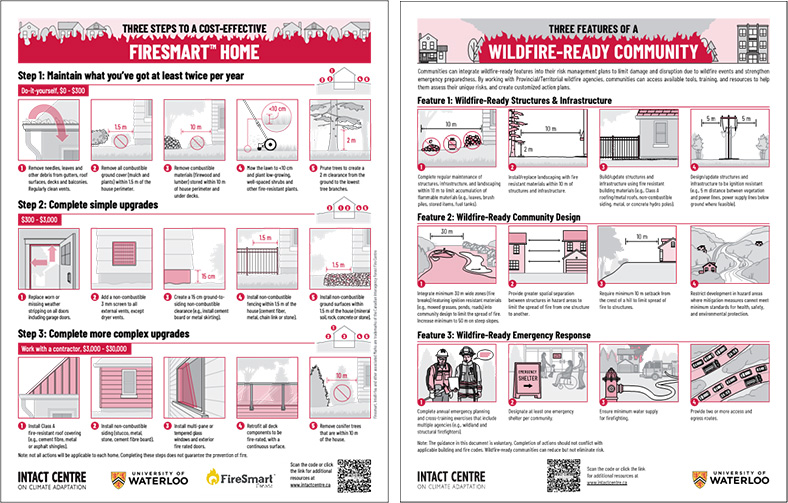
When asked about prevention, Anabela notes that, “Most of the government funds go toward dealing with fire once it’s actually happening. On an average year, about $1B [Canadian] are spent just putting out fires, protecting people, which needs to be done. I do think there are opportunities to get ahead of wildfire season and prepare around your home, your community. Prevention could lead to smaller fires and could protect communities.” Anabela comments that her colleague Joanna Eyquem says, “Learn to work with nature, not against it.” Anabela adds, “Wildfires are no different. We’re usually scared of wildfire, but we need to remember that wildfire is a natural process, and it improves ecosystem health. We need it.”
Anabela goes on to note that a more nature-based solution is to focus on changing the natural drivers that lead to extreme wildfires rather than fighting the fires after they have started. “So, our focus needs to shift from suppression to prevention as we consider nature-based solutions to wildfire. I would group them into two categories—vegetation management through removal and creating a fire-resistant landscape through the incorporation of vegetation.”
The Intact Centre contributed to the development of the Canadian National Adaptation Strategy, which is focused on how to adapt to climate change. “One of the targets set out in the Strategy is that by 2025, 50% of Canadians are aware of their risk. Are you in a wildfire risk area? And the next target is that about 60% of Canadians have at least taken some measures to prevent some of the risks that they’re exposed to. For us, that means taking our infographics and doing the things you can do right now. If Canadians do a few of these things, we’ll start meeting those targets, and they’ll protect themselves and their neighbors.”
Anabela’s call to action with regards to wildfires is, “We need to take action, now—all the way from policymakers right down to every individual. The focus of my work at the Intact Centre is to develop easy-to-follow, actionable guidance for residents, businesses, and governments so we can all start to adapt to the changes that are occurring with these wildfire seasons that will just continue to get worse.”
Jeff agrees and adds his thoughts on action needed: “I appreciate all the advice and recommendations that Anabela has shared. I am thinking about collaboration and the fact that wildfires really don’t respect borders. There’s so much good information and so much work happening in Canada and likewise in the US. How do we share that information and be more transparent, and how is that information given to the public? What can we be doing now and in the future? I want to think about what kind of collaborative research is needed and how we pursue that—including how natural infrastructure and nature-based solutions can be used in advance of a wildfire event but also following wildfire events.” He adds, “I love these kinds of conversations where it really gets me thinking and wanting to learn more. That’s exactly what this conversation has done today.”





